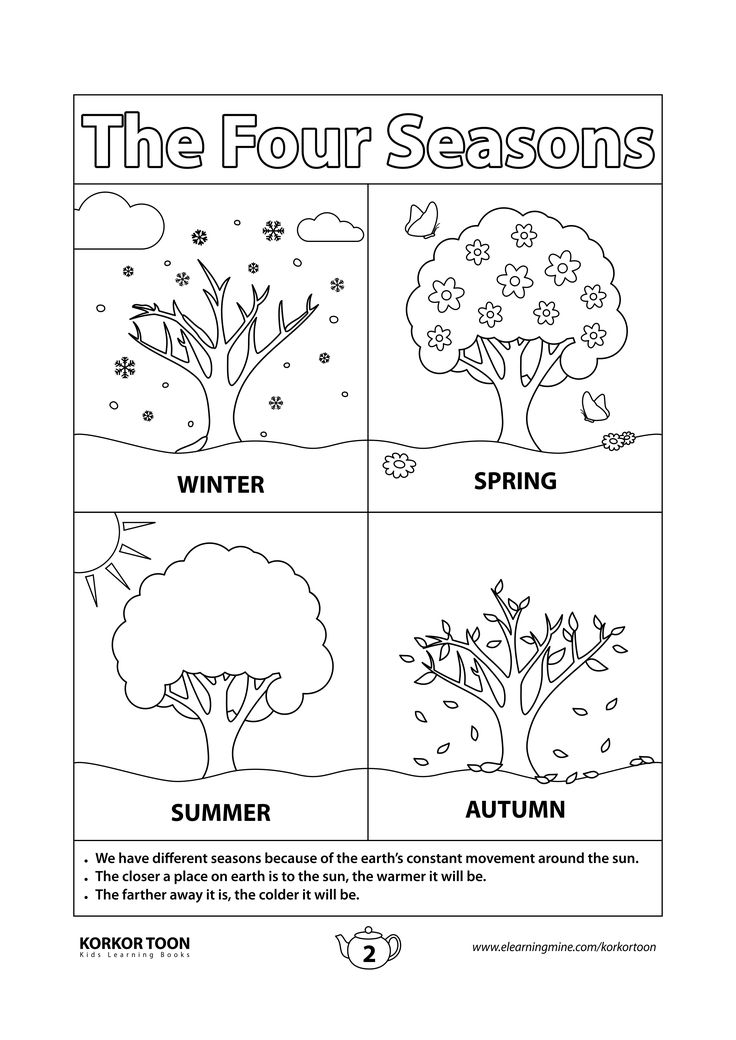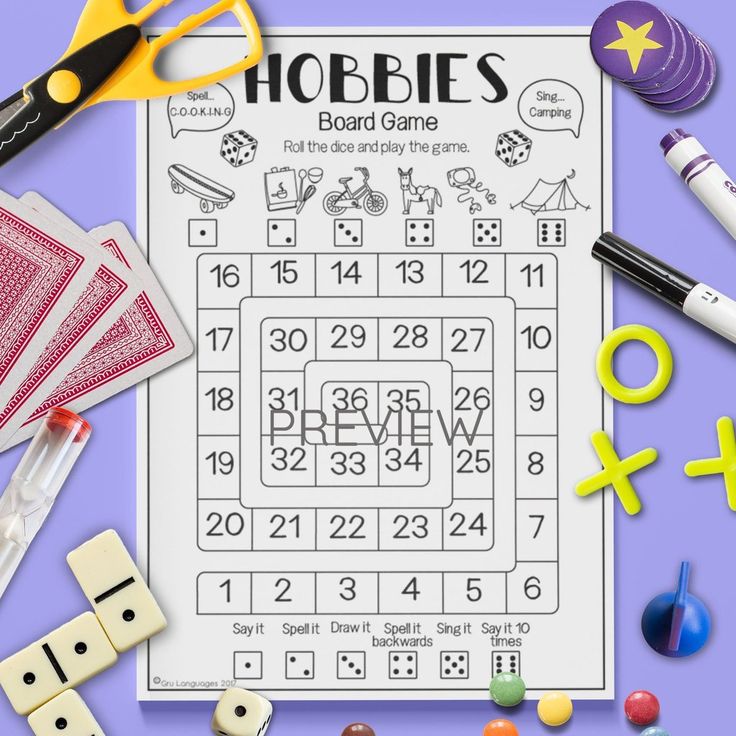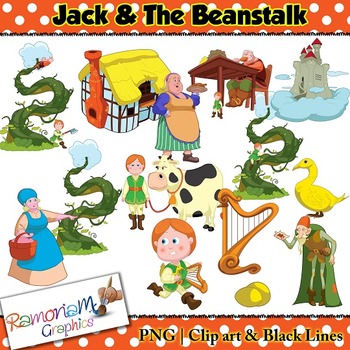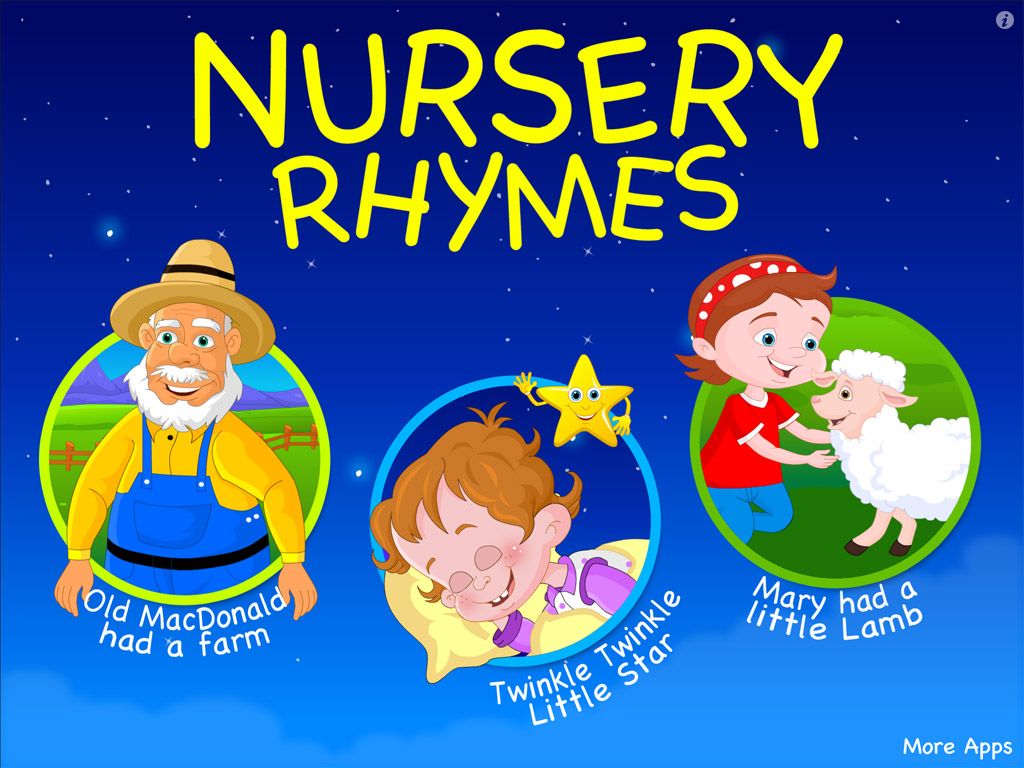Change with the seasons
Changing seasons | National Oceanic and Atmospheric Administration
Focus areas:
Education
Topics:
climate outlooks
seasons
education
In many parts of the United States, you might change your wardrobe with the seasons, grabbing a heavy coat in winter, while wearing only a light t-shirt in summer. Although ecosystems, plants, and animals cannot adjust their attire quite so easily, they have evolved to make changes that help them survive seasonal conditions caused by the rotation of the Earth around the sun.
>
Do you know the difference between meteorological and astronomical seasons? Astronomical seasons are based on the position of the Earth in relation to the sun, whereas meteorological seasons are based on the annual temperature cycle. The Earth’s annual trip around the sun forms the basis for the astronomical calendar in which seasons are defined by two solstices and two equinoxes.
The Earth is tilted 23.5 degrees on its axis of rotation, and how the North Pole is oriented toward or away from the sun determines two of these astronomical dates. At the winter solstice, the North Pole is tilted away from the sun, whereas at the summer solstice, the North Pole is tilted toward the sun. The equinoxes occur halfway between these events when the sun’s path is aligned with the Earth’s equator. The dates shown describe the astronomical seasons for the Northern Hemisphere in 2022; the exact dates vary slightly from year to year. Meteorological seasons are broken down into groupings of three months in our civil calendar based on the annual temperature cycle. We generally think of winter as the coldest time of the year and summer as the warmest time of the year, with spring and fall being the transition seasons. In the Southern Hemisphere, the seasons are reversed where summer occurs when the South Pole is oriented towards the sun, and winter happens when the South Pole faces away.
 (NOAA Office of Education/Kaleigh Ballantine)
(NOAA Office of Education/Kaleigh Ballantine)
Download Image
Click to see this graphic for the Southern Hemisphere
Do you know the difference between meteorological and astronomical seasons? Astronomical seasons are based on the position of the Earth in relation to the sun, whereas meteorological seasons are based on the annual temperature cycle. The Earth’s annual trip around the sun forms the basis for the astronomical calendar in which seasons are defined by two solstices and two equinoxes. The Earth is tilted 23.5 degrees on its axis of rotation, and how the North Pole is oriented toward or away from the sun determines two of these astronomical dates. At the winter solstice in the Southern Hemisphere, the South Pole is tilted away from the sun, whereas at the summer solstice, the South Pole is tilted toward the sun. The equinoxes occur halfway between these events when the sun’s path is aligned with the Earth’s equator.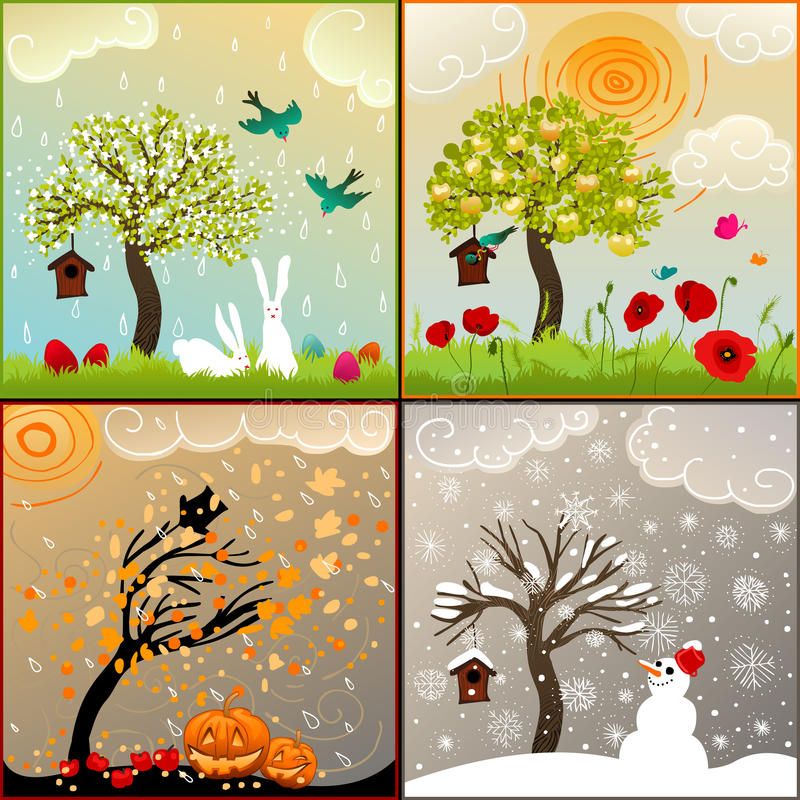 The dates shown describe the astronomical seasons for the Southern Hemisphere in 2022; the exact dates vary slightly from year to year. Meteorological seasons are broken down into groupings of three months in our civil calendar based on the annual temperature cycle. We generally think of winter as the coldest time of the year and summer as the warmest time of the year, with spring and fall being the transition seasons. (NOAA Office of Education/Kaleigh Ballantine)
The dates shown describe the astronomical seasons for the Southern Hemisphere in 2022; the exact dates vary slightly from year to year. Meteorological seasons are broken down into groupings of three months in our civil calendar based on the annual temperature cycle. We generally think of winter as the coldest time of the year and summer as the warmest time of the year, with spring and fall being the transition seasons. (NOAA Office of Education/Kaleigh Ballantine)
Download Image
Why do we have seasons?
The Earth is tilted 23.5 degrees on its axis, which affects the distribution of the sun’s energy across the surface of the planet. As the Earth orbits the sun every 365 ¼ days, the axis is always pointing in the same direction into space, with the North Pole toward Polaris, the North Star. Around June 22, the Northern Hemisphere is angled towards the sun, and receives the most direct radiation and the most energy. This is the start of astronomical summer in the Northern Hemisphere and winter in the Southern Hemisphere.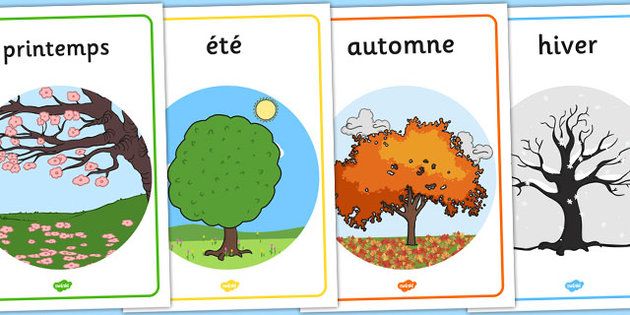
Six months later, in December, the Earth has completed half a revolution around the sun. The Northern Hemisphere is now angled away from the sun and receives less energy than the Southern Hemisphere; this is the beginning of winter in the Northern Hemisphere and summer in the Southern Hemisphere. From north to south, the results of the distribution of solar energy can be seen in changing vegetation, animal behaviors, temperatures, and day length.
Meteorological versus astronomical seasons
You may have noticed that meteorologists and climatologists define seasons differently from “regular” or astronomical spring, summer, fall, and winter.
Astronomical and meteorological seasons
Meteorologists and climatologists use a slightly different time scale for meteorological seasons than for astronomical winter, spring, summer, and fall. Why do meteorological and astronomical seasons begin and end on different dates? In short, it’s because the astronomical seasons are based on the position of the Earth in relation to the sun, whereas the meteorological seasons are based on the annual temperature cycle and help scientists track climate and weather trends.
Spring into science
Celebrate the season of spring with NOAA! From new graphics to educational resources, spring into science with us and check out our content.
Seasonal effects
Seasonal changes in precipitation and temperature affect soil moisture, evaporation rates, river flows, lake levels, and snow cover. Leaves fall and plants wither as cold and dry seasons approach.
These changes in vegetation affect the type and amount of food available for humans and other organisms. Animals in temperate and polar regions must find alternate food sources, move to warmer locations, or hibernate.
Beyond the big four
Though in the United States, we often think of the seasons as winter, spring, summer, and fall, but there are many different ways seasons change throughout the world, and even within the United States. Can you think of other annual climate events or ways to define seasons?
Groundhog Day forecasts and climate history
Even though he’s been forecasting since 1887, Punxsutawney Phil’s track record for the entire country isn’t perfect. To determine just how accurate he is, we’ve compared U.S. national temperatures with Phil’s forecasts. On average, Phil has gotten it right 40% of the time over the past 10 years.
To determine just how accurate he is, we’ve compared U.S. national temperatures with Phil’s forecasts. On average, Phil has gotten it right 40% of the time over the past 10 years.
EDUCATION CONNECTION
What are some ways that animals adapt to seasonal changes in your region? How does this compare to other areas? How do people adjust to the seasonal changes in their region? How do the seasons impact the use of energy in your community? The resources in this collection help educators encourage their students connect their own observations of the seasons to concepts in Earth science and biology.
Seasons — Seasons of Change
Every time a change occurs in your life, you embark on a transition journey illustrated here with the seasons. Follow the spiral to discover the practical steps you can take to grow through life's inevitable ups and downs.
Imagine that this is an upward moving spiral that continues forever. Think of these Seasons as a metaphor for the phases of any transition journey. These Seasons may, or may not, match the seasons unfolding outside your window.
These Seasons may, or may not, match the seasons unfolding outside your window.
In any given transition, you move from Summer - a time when all is going well in your life - through Fall, Winter, Spring up to a new level of Summer.
Most of us have grown up believing that to be successful, we must remain in Summer at all times. But then, any change that takes us off our line of success is a threat to be avoided at all costs. There is another way.
Seasons of Change Spiral
If we see change as a naturally occurring event - much like the change of seasons - then we can embrace change as a gift and an invitation to improve and enhance our lives.
To grow through life's inevitable ups and downs, we must move through each season in turn.
Fall - Sensing a Shift in Your Life and Preparing for What's to Come
Early Winter - Retreating, Reflecting and Reconnecting with Your Deep Nature
Winter Solstice - Catching Sparks of Hope in the Darkness
Late Winter - Exploring and Experimenting to Firm Up Your Vision for the Future
Spring - Bursting into Bloom and Putting Your Plan into Action
Summer - Celebrating Your Harvest
Do you have a sense of where you are on the Seasons of Change Spiral? Read the summaries below to gain a sense of the purpose of each Season.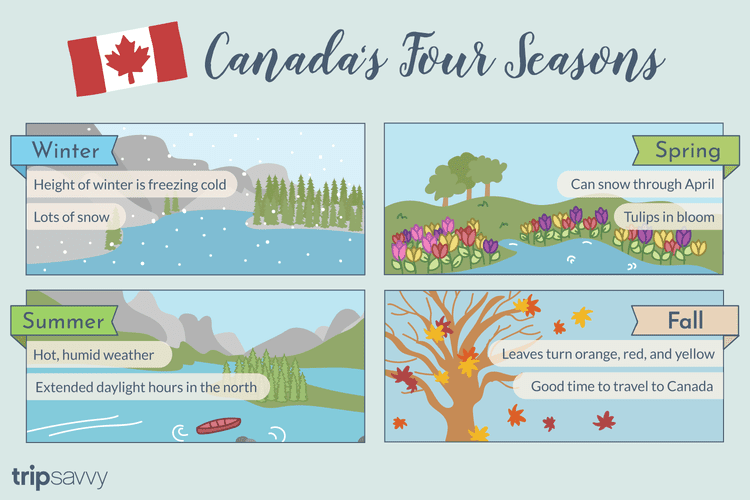 The first line of each summary describes how you are likely to feel while in each season.
The first line of each summary describes how you are likely to feel while in each season.
Deepen your exploration of the seasons that resonate with where you are in the journey.
Fall: Time of Sensing a Shift
You are likely to be in Fall if you are getting news of changes or you are worrying while you wait for news.
While you are in Fall, focus your attention on:
Acknowledging that changes are happening in your life
Getting the support you need to make it through
Creating a safe refuge where you can weather out the storms ahead
At the same time, do what you can to avoid these detours:
Denying the changes that are occurring in your life
Jumping at the first option that shows up
Being a lone ranger and trying to do it all alone
Early Winter: A Time of Retreating and Reflecting
You are likely to be in Early Winter if you are feeling tired, feeling confused about all or part of your life, or trying to avoid social events.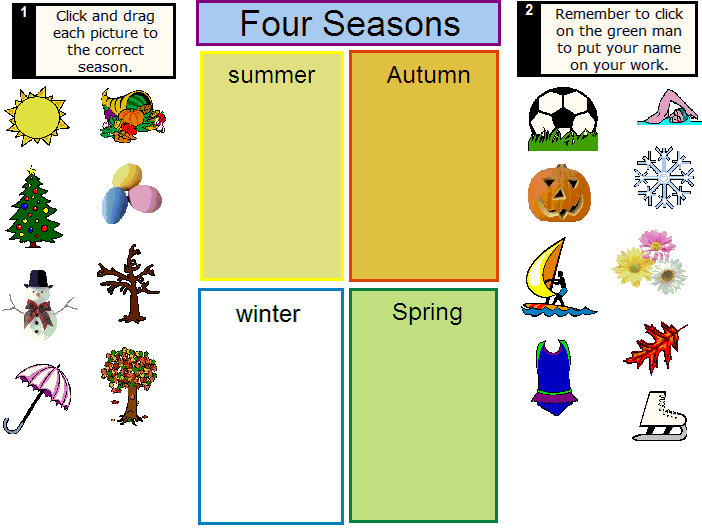
While you are in Early Winter, focus your attention on:
Renewing yourself
Creating quiet time for yourself
Reflecting on your situation, your desires, and your ideal
At the same time, do what you can to avoid these detours:
Staying so busy you can't focus inward
Starting something new so you won't have to feel the chaos within
Forcing yourself to be happy when you aren't
Winter Solstice: Catching Sparks of Hope in the Darkness
You are likely to be experiencing your Winter Solstice if you feel like you are in the dark and/or feeling the imminent birth of an insight.
During your Winter Solstice time, focus your attention on:
Turning things upside down to look at your life from new perspectives
Drawing a line in the sand and saying "enough is enough"
Telling a new story about your past to find new doors to the future
At the same time, do what you can to avoid these detours:
Avoiding your quiet time
Being in a toxic environment
Being wedded to one solution
Late Winter: A Time of Exploring and Experimenting to Firm Up Your Vision for the Future
You are likely to be in Late Winter if you are catching new insights and seeing glimmers of Spring.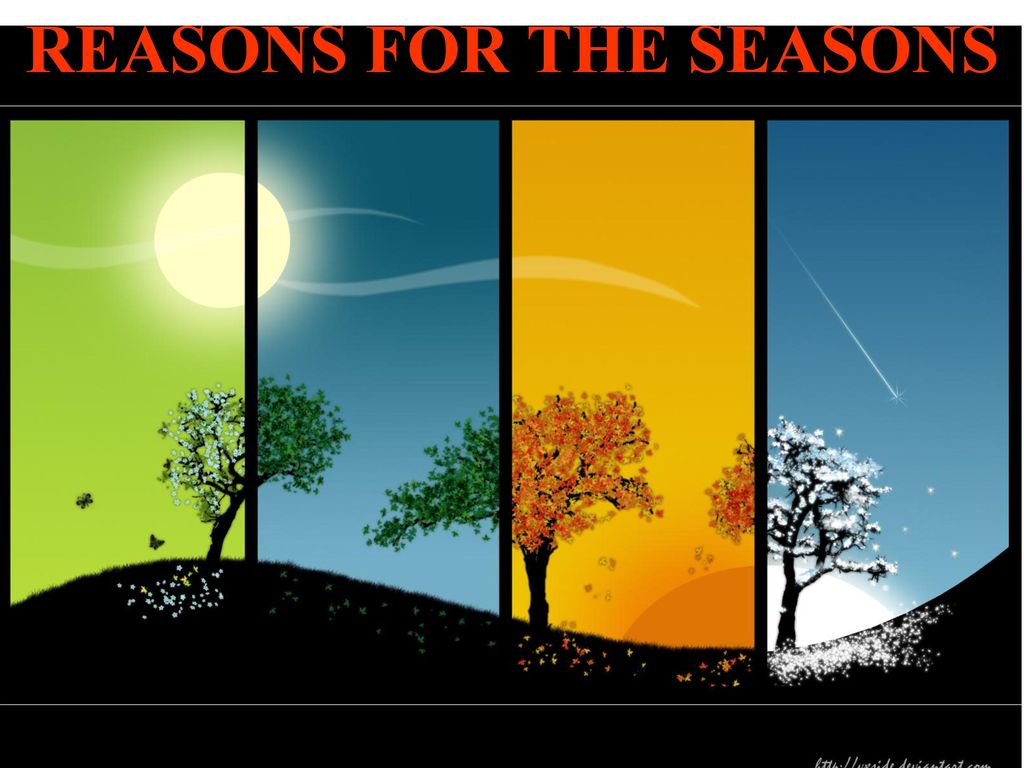
While you are in Late Winter, focus your attention on:
Following your insights wherever they take you
Clearing out the old in your space, your to-do list, your relationships, and your mind
Experimenting and exploring to firm up your vision for the future
At the same time, do what you can to avoid these detours:
Ignoring your insights
Doing what you've always done because it's more comfortable than stretching
Charging ahead without a sense of where you are going
Spring: A Time of New Growth
You are likely to be in Spring if you are bursting with energy and struggling with your reentry into your life.
While you are in Spring, focus your attention on:
Trusting your own timing
Birthing what's new in your life
Blossoming fully into the new you
At the same time, do what you can to avoid these detours:
Summer: A Time of Celebrating Your Harvest
You are likely to be in Summer if you are feeling clear and confident and your life is abundant.
While you are in Summer, focus your attention on:
Allowing what is new in your life to ripen in its own time
Savoring your success
Celebrating and playing
At the same time, do what you can to avoid these detours:
Raising your definition of success so you never succeed
Backing down from what's going well in your life
Being a worry wart about what's to come in the future
Where to Go Next to Find Your Path Forward
Whether you are in the middle of a life transition or a work-related transition, it's likely you are feeling overwhelmed and confused.
Understanding where you are on your journey, where to direct your energy, and how you are likely to feel in each season can be reassuring. The following resources provide additional information about each season and describe activities you can take part in to facilitate your journey through the seasons.
If you are experiencing changes in your relationships, family, health, home, spiritual life, or finances, check out our Life Transition Tips.
If changes happening in your job, career focus, workplace, business, industry, or profession, check out our Career Change Tips.
If You Are a Change Catalyst
Do you help clients create changes they want and navigate changes they never expected to face? Check out these resources.
If you are ready to flourish as a Change Catalyst — personally, professionally, and financially — visit our sister site, Flourish as a Change Catalyst. There you will find information about our:
Change Catalyst Network,
Transition and clarity training programs,
Mentoring support for Change Catalysts starting a new business or seasoned Change Catalysts reimagining their work or business in light of the times.

About the Seasons of Change
A couple of months after my father's death, as I sat at a stop light, I noticed that a tree that had been bare when he died was suddenly in full blossom. I remembered saying to myself "I hope I blossom again too someday."
As I turned to nature more and more for solace and support, I began to discover new insights about life transitions. I realized that nature changed incrementally every day in response to the changing seasons. I began to wonder what I could learn about navigating times of change by simply watching how animals and plants respond to the change of season.
As I listened to nature's wisdom I began to see my journey as a natural process of healing and growing. Bit by bit, as I made proactive choices about how I wanted to live my life, my life turned from one of grief and sadness to one of joy and engagement.
Five years later, after leaving my corporate job to start my own business, I created the Seasons of Change to support others navigating times of change in their own lives. Over the last few decades I've been honored to share these insights and watch as my clients step into a whole new world as they heal from difficult events and choose to create the life they really want.
Over the last few decades I've been honored to share these insights and watch as my clients step into a whole new world as they heal from difficult events and choose to create the life they really want.
Read more about the Seasons of Change in my book of the same title.
If you are a professional working with clients in transition, join more than 300 coaches who have taken the Seasons of Change training to use the model in their work with clients in transition. (The course description is on our sister site: FlourishasaChangeCatalyst.com)
Do I need to change the type of pet feeding depending on the season?
According to a VTsIOM survey, 90% of pet owners in Russia believe that they feed their pets correctly. Many owners give their pets the same balanced food for many years, which is good for the health and gastrointestinal tract of animals. However, some feed their pets with homemade food. In this case, it must be borne in mind that the needs of the body of four-legged friends may vary depending on the season. Whether it is necessary to adhere to seasonality and change the type of feeding, the experts of the AlphaPet® brand told. nine0003
Whether it is necessary to adhere to seasonality and change the type of feeding, the experts of the AlphaPet® brand told. nine0003
The animal's diet must be balanced and contain sufficient amounts of essential vitamins and microelements. With their lack of pets, their mood will change, activity will decrease, and even worse, various diseases will develop. The balance of the feed is quite difficult to maintain with a natural type of feeding. It will also be better for the pet if you take into account the needs of the body depending on the season. For example, spring vegetables such as peas and carrots are a favorite among dogs, while in the summer many people like to eat fresh spinach and a little sweet corn. Fall is the perfect time to treat your dog to a fiber-rich pumpkin. nine0003
Consider some of the advantages of a natural type of feeding: the presence of natural protein, fiber, fats and carbohydrates in the diet; easy identification and replacement of the product that causes an allergic reaction; quality control and freshness of products.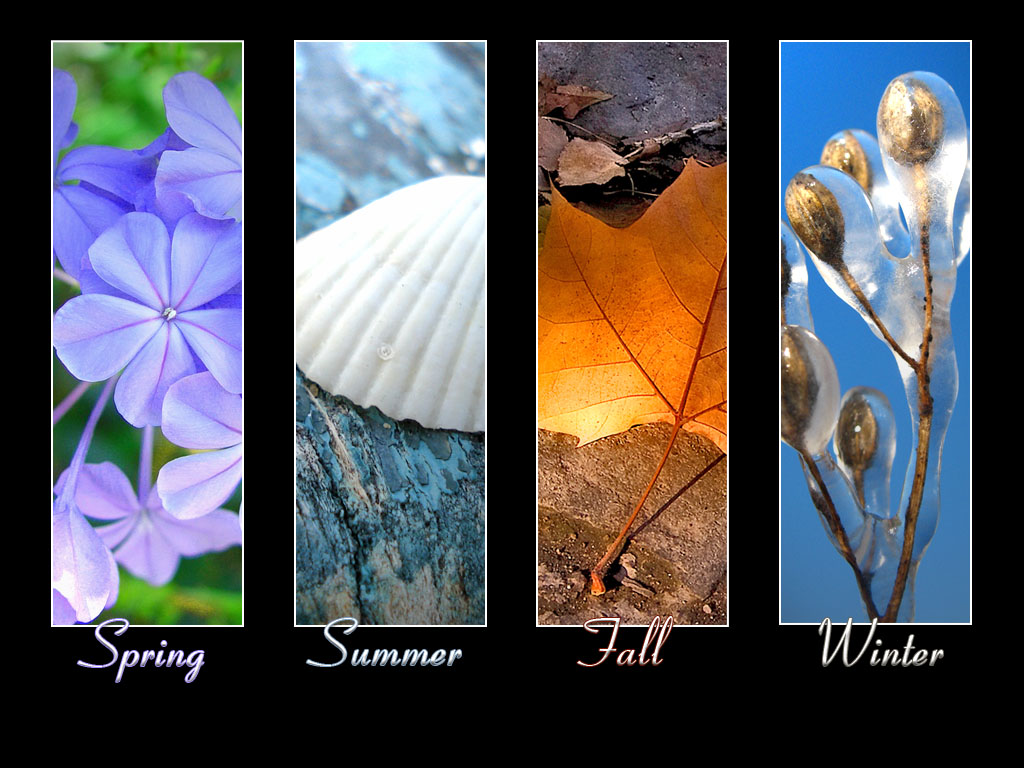
Among the disadvantages is that it is quite difficult to find a balanced diet. And in order to correctly select all the nutrients individually for the pet, you will have to contact a veterinary nutritionist. With natural feeding, it is necessary to add vitamin and mineral supplements depending on the season. It is worth noting that cooking takes a long time. nine0003
Another popular type of pet food is prepared balanced complete rations. A big plus of dry or wet food is the time it takes to prepare. Also, with this type of nutrition, there is no need to calculate the volume of a single serving, since the daily feeding rate is calculated by specialists and indicated on the package. This type of food will allow you to fully provide the dog or cat with the necessary nutrients without any worries for the owners. A huge variety of feeds allows you to choose an individual menu based on the age, weight, lifestyle and health of the animal. If you travel often, then this food is easy to take with you on the road.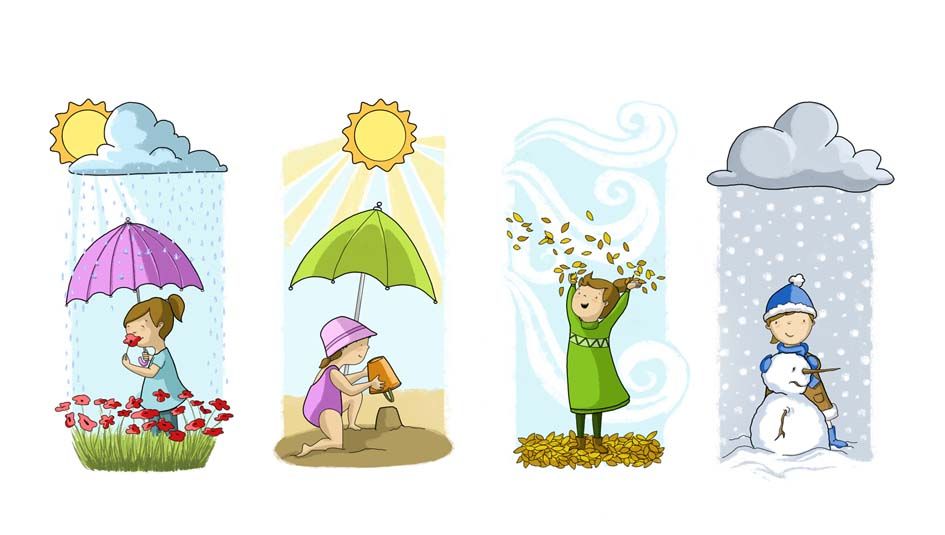 nine0003
nine0003
For example, AlphaPet® recently announced a line of wet food in blister packs. It is convenient to take such packaging with you on the road, firstly, the food is divided into 2 portions of a convenient gram (40 grams for cats, 50 grams for dogs) - ideal for a one-time feeding of a small animal. Secondly, it can be given to a pet directly in a blister without transferring it to a separate bowl.
But ready-made balanced complete diets also have their disadvantages: improperly selected food can cause allergies, obesity, nutrient intolerance and urolithiasis. At the moment, a large segment of the animal feed market is occupied by feed based on a high percentage of cereals and their derivatives: often it is corn, one of the most inexpensive cereal crops. In such feeds, a low percentage of the meat component (about 20-35%), and the reduced cost of the feed is the result of the inclusion of lower quality meat meal in the composition. Based on the foregoing, we recommend that you carefully approach the choice of food and study the composition. And if your pet is allergic to some type of meat, then monoprotein feeds will come to the rescue, which contain only one source of natural meat. nine0003
And if your pet is allergic to some type of meat, then monoprotein feeds will come to the rescue, which contain only one source of natural meat. nine0003
“We get a lot of requests for mono-protein food from owners who have pets that are prone to allergies. The owners of such pets dream of feeding their furry friend products with an open and understandable composition, which is based on a single source of meat protein. We hear this need and try to fulfill it adequately! That is why we are now working on the creation of a line of monoprotein feeds, which is planned to be launched early next year,” says AlphaPet 9 Product Quality and Safety Director.0003
If you choose the right dry and wet food for your pet, then there is no need to change the type of food depending on the season, as the food already contains all the necessary nutrients and vitamins that are important for a furry friend. However, it will not be superfluous to sometimes please your pet with various goodies throughout the year.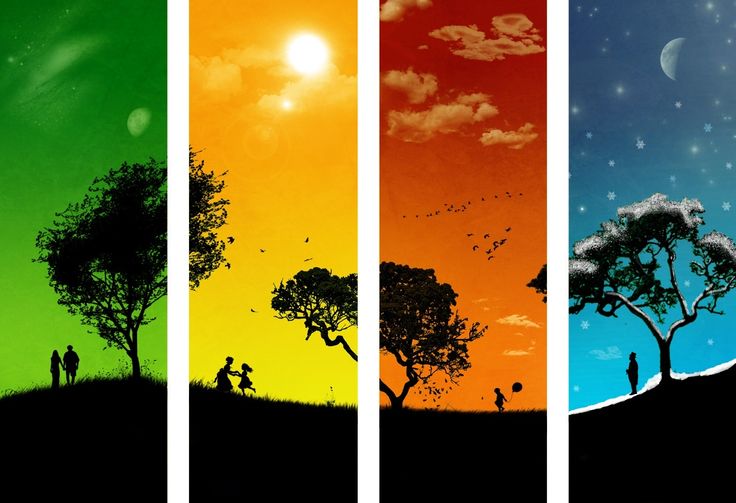
Information about the company:
AlphaPet® is a Russian manufacturer of healthy super-premium pet food. Naturalness, physiological conformity, benefit and safety are the fundamental principles of development and production of AlphaPet®. Products of the highest quality, preserving the natural benefits of selected ingredients and corresponding to the natural physiology of cats and dogs. nine0026
https://alphapet.ru
Setting and operation of the functional option "Seasons" in "1C-Rarus: Hotel Management"
Table of contents
- Description of seasons
- Seasonal settings
- Application of the season in tariff
- Working with seasons when booking/accommodating
- Multi-division case
Description of seasons
Seasons are used to add a breakdown of prices depending on the periods of the seasons.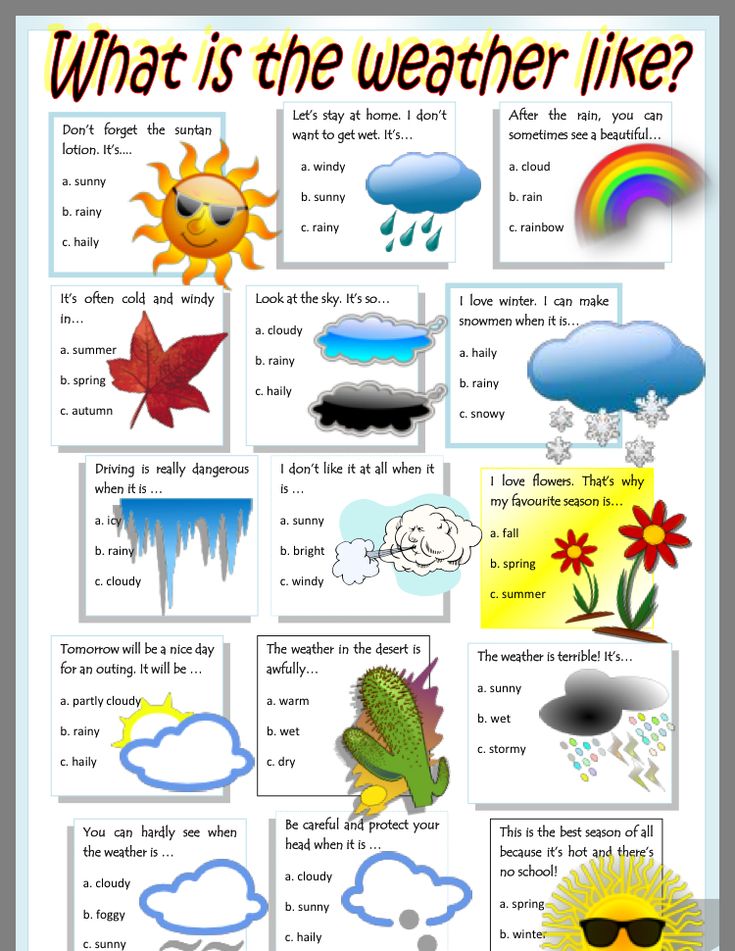 The use of seasons will allow you to set prices in the program in such a way that when a guest arrives at the junction of seasons (a season that changes from one season to another), for example, from February 25 to March 5, when working with the seasons "Winter", "Spring", the price will be calculated depending on the number of days lived in each season.
The use of seasons will allow you to set prices in the program in such a way that when a guest arrives at the junction of seasons (a season that changes from one season to another), for example, from February 25 to March 5, when working with the seasons "Winter", "Spring", the price will be calculated depending on the number of days lived in each season.
Settings for working with seasons
In order to start working with seasons, you need to enable the "Use seasons" functional option in the General settings:
Hotel management tab - Settings section - More options - Hotel management section - General settings - check the Use seasons box.
After checking this box on the "Hotel Management" tab, the "Seasons" directory will be available:
By default, this directory already has one element - "Main Season".
nine0027
In order to change its settings, you need to open it - by double-clicking, or p.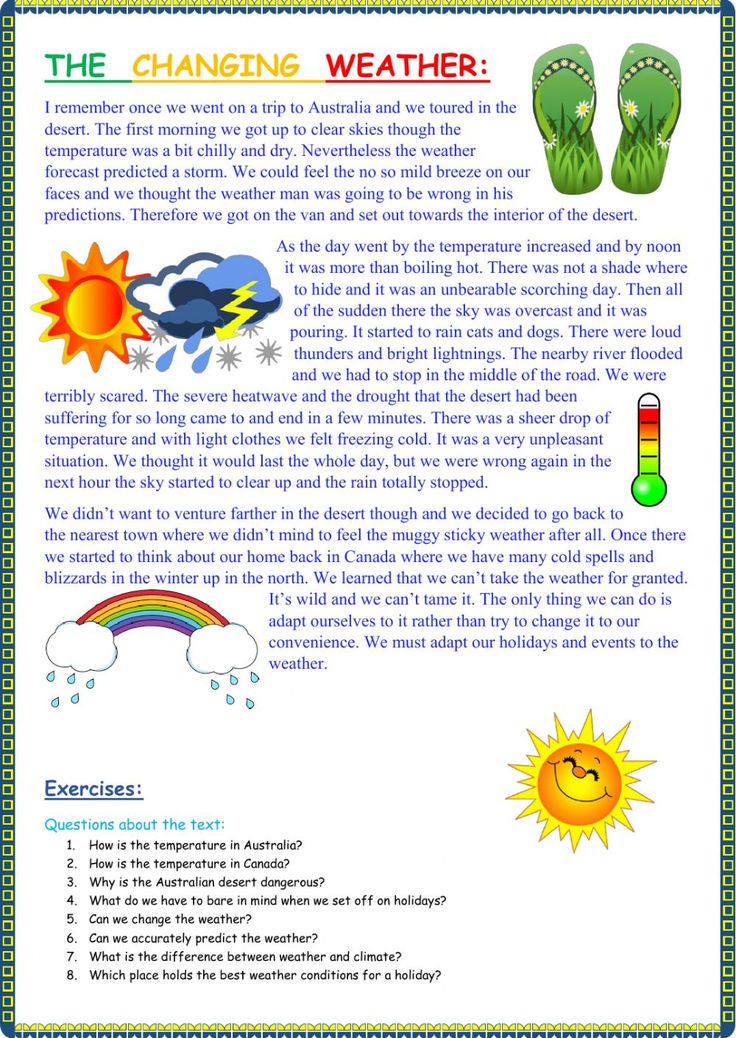 k.m - "Change".
k.m - "Change".
Then click on the "More" button in the upper right corner and enable the ability to edit details.
To create a new season setting, click on the "Create" button in the upper left corner.
Fill in the required fields: name, period of validity and determine whether it is periodic or not. nine0003
The "Periodic" flag means that it will be valid in the specified period every year from year to year .
For example, let's consider the season - summer, and create the season "Summer". We know for sure that summer starts on June 1st and ends on August 31st, and regardless of the year, these dates will be the same. Therefore, for this season, you need to enable the "Periodic" setting. The same situation is with the season "Autumn", "Spring", "Winter".
When working with a periodic season, it is enough to create an element with such settings once in the Seasons directory, and they will work all the time.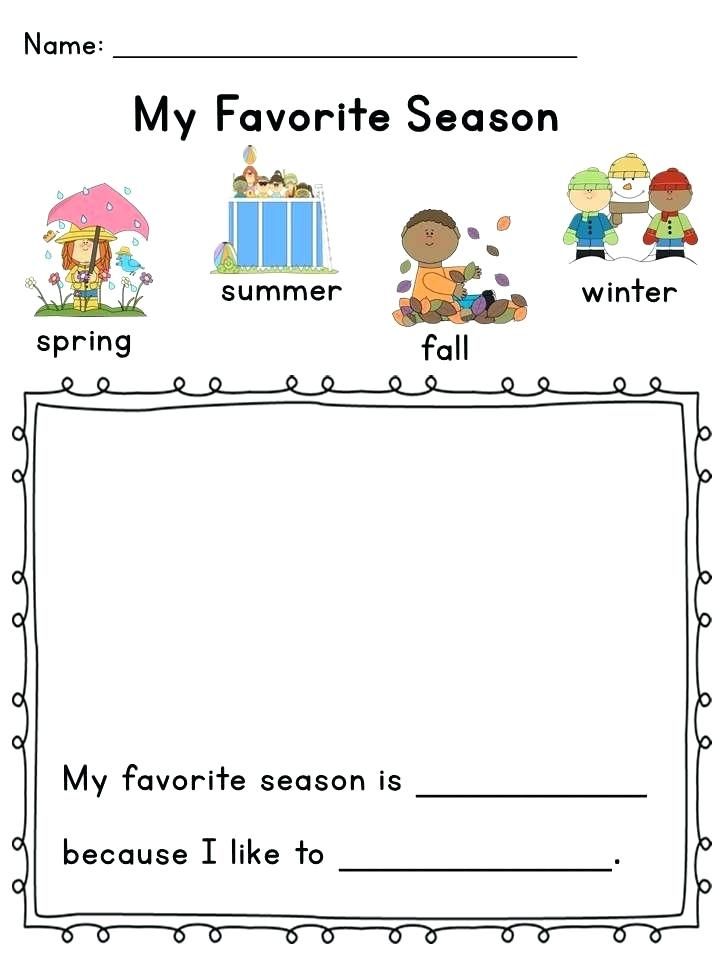 The program will automatically apply the desired season depending on the settings. nine0003
The program will automatically apply the desired season depending on the settings. nine0003
There are cases when the beginning or end of the season falls on floating dates. For example, New Year's holiday dates have unique settings for each year. Therefore, it will be necessary to create a new element in the "Seasons" directory for each such period. In this case, the "Periodic" flag does not need to be set.
Holidays (New Year holidays, May, last week of summer) can be such a season.
Let's create a non-periodic season "New Year holidays 2021" using the example. nine0003
It is possible to use mixed season settings, some periodic and not.
Example: There are "Summer", "Winter", "Autumn", "Spring", but in winter the prices of the New Year holidays are separately allocated and a floating season needs to be created every year.
To do this, we create periodic seasons "Spring", "Summer", "Autumn", then for winter we will have three seasons, which will be new every year (due to the unique dates of the New Year holidays from year to year).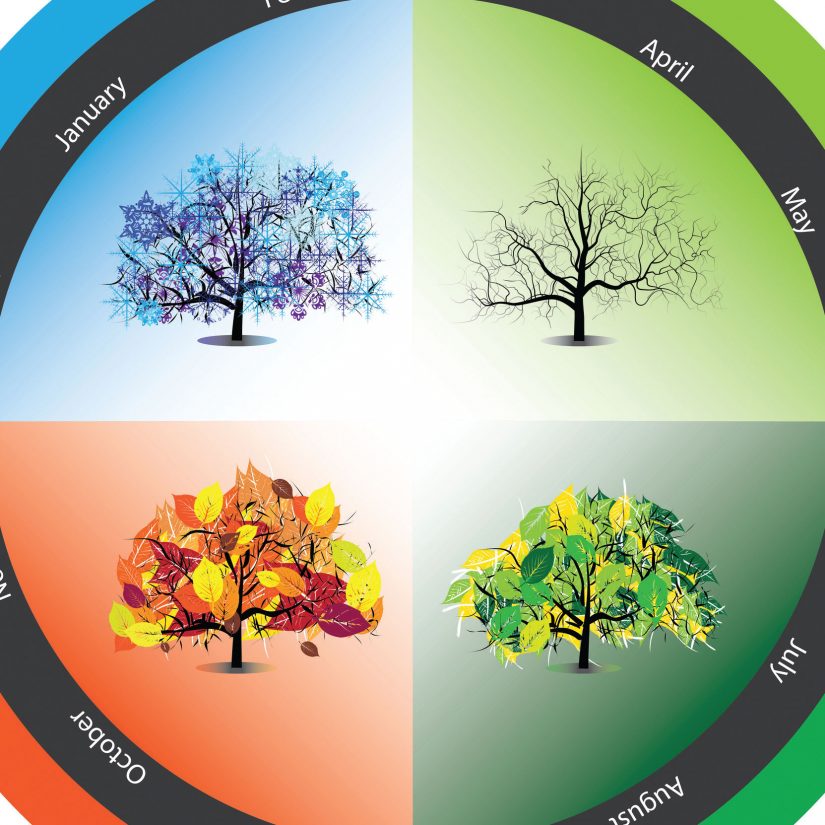
Important! If you work with seasons, then they must be configured for the entire period of operation of the object.
Application of the season in the tariff
A list of available tariffs is displayed. To create a new one, click on the "Create" button in the upper left corner, or change an existing one - p.k.m - Edit.
nine0027
To set the prices for the tariff, follow the hyperlink " Prices for the tariff ".
A list of previously set prices for this tariff opens. If prices have not been set before, the list will be empty. To set the price, press " Set prices ":
In the document that opens, you need to fill in all the required fields, select for which season the price will be valid. Save changes - press "9"0060 Post and close ".
When working with seasons, the tariff price must be set for all seasons.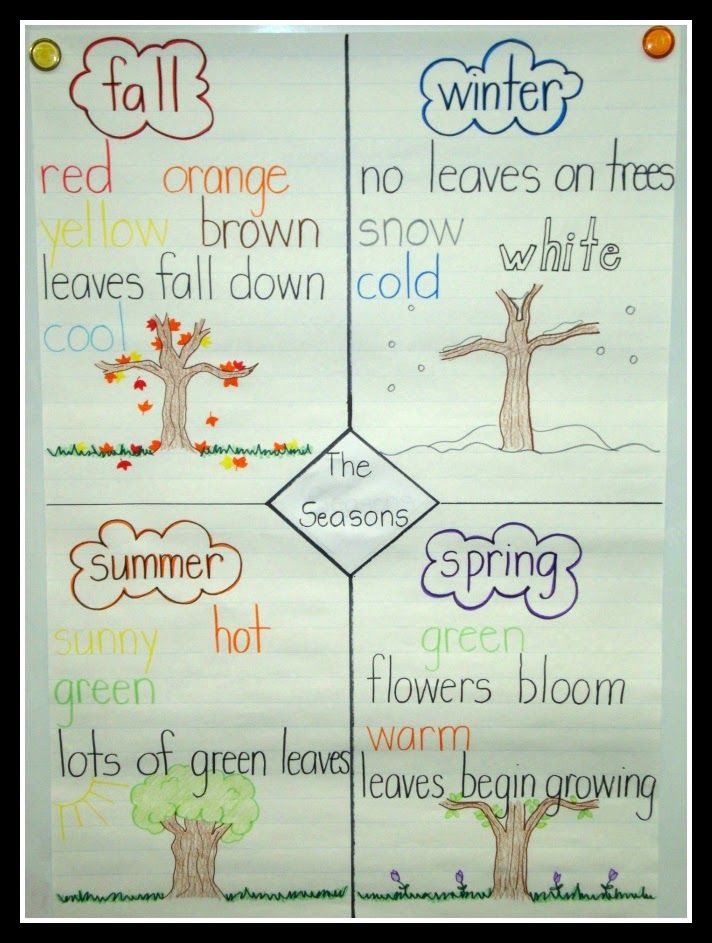 Only one season can be specified in one "Price change" document, therefore, let's create a new document and indicate the price of the tariff for each season. The screenshot below shows the tariff price setting for the respective seasons:
Only one season can be specified in one "Price change" document, therefore, let's create a new document and indicate the price of the tariff for each season. The screenshot below shows the tariff price setting for the respective seasons:
After the tariff prices are set for all seasons, follow the hyperlink " Main "and click" Write and close ".
Working with seasons when booking/accommodating
And now let's make a reservation and see how the price will change depending on the season.
To begin with, let's consider the reservation in the period from 14.07 to 19.07. According to our settings, this period is included in the "Summer" season (valid from 1.06 to 31.08).
As you can see, when booking, the program calculated the cost at the set price for the "Summer" season:
In the second example, consider the booking from 30.08 to 04.09. This period falls at the junction of two seasons: "Summer" and "Autumn".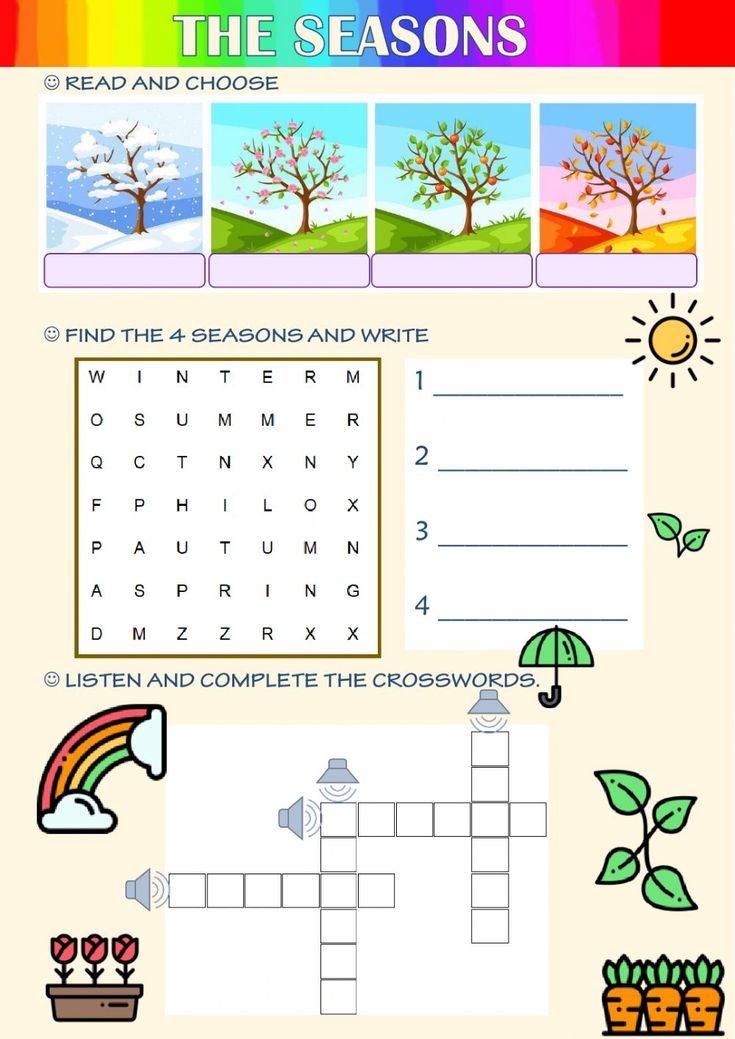 As you can see, the calculation was made taking into account that part of the booking period falls on the "Summer" season, and part - on the "Autumn" season:
As you can see, the calculation was made taking into account that part of the booking period falls on the "Summer" season, and part - on the "Autumn" season:
Case of working with several divisions
In the season settings, you can enable/disable its use in a division.
The screenshots show that the "Hotel Complex" subdivision uses the "Main Season", while the "Birch Grove" uses the periodic seasons: "Summer", "Autumn", "Winter", "Spring". nine0003
For example, the database keeps records for several departments and each department has its own season settings. To enable/disable binding to a subdivision, you need to open the season (double-click or p.m. - Change) and follow the "Subdivisions" hyperlink to check/uncheck those that will use/not use it.
If you have one division with the type "Hotels" or "Hotel and turnstile area", then the "Department" tab will be empty.